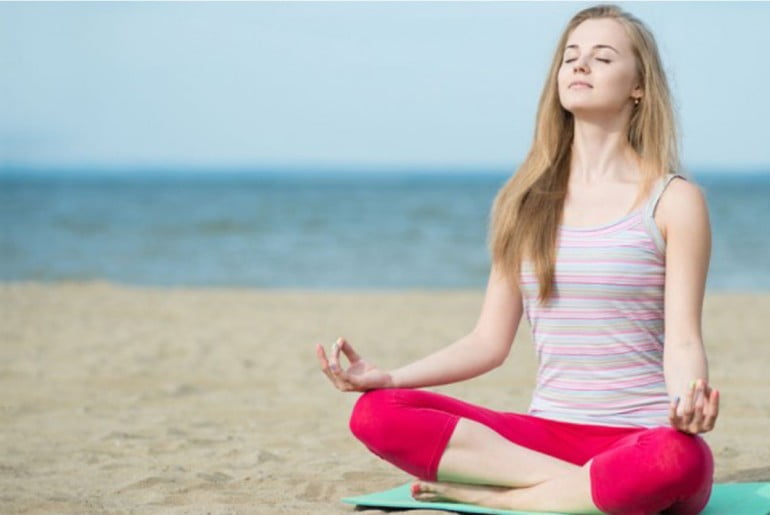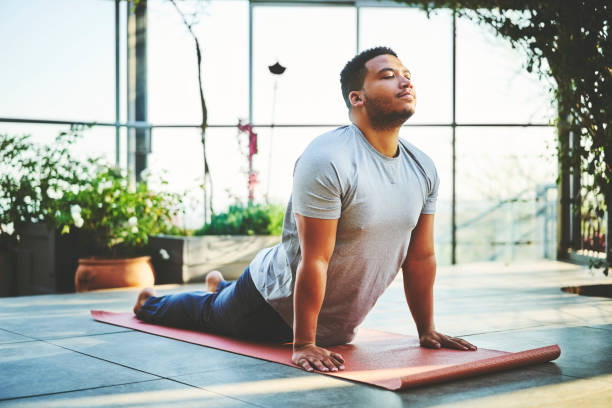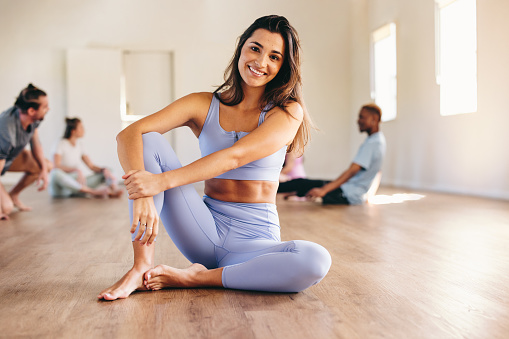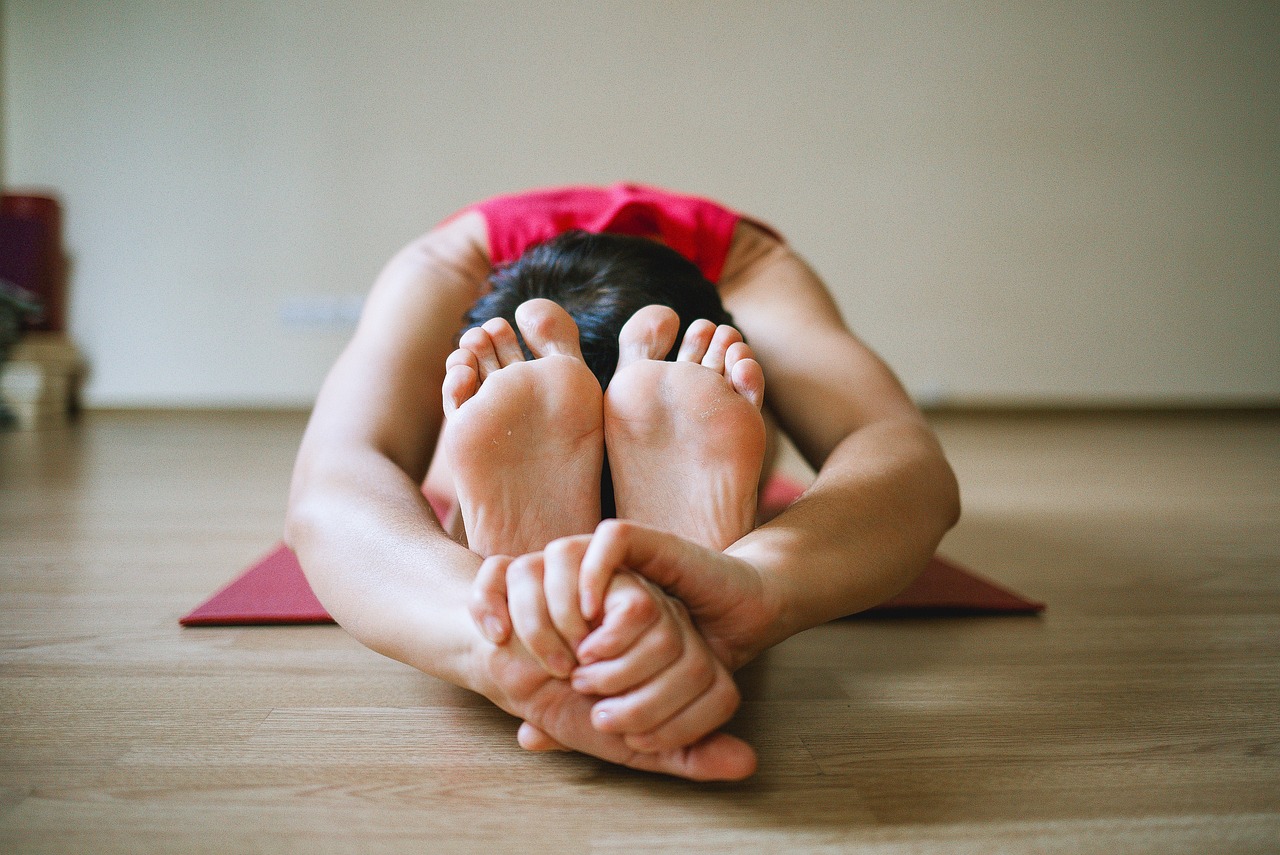
Arthritis affects millions of people worldwide, often leading to chronic pain, reduced mobility, and a significant decline in quality of life. Traditional treatments such as medications and physical therapy remain the cornerstone of arthritis management. However, many patients seek complementary approaches to better control symptoms, improve flexibility, and regain a sense of empowerment over their health.
One increasingly popular and evidence-supported complementary therapy is yoga. With its focus on gentle movement, breath control, and mindfulness, yoga offers a holistic way to manage both the physical and emotional challenges of arthritis.
This article shares the inspiring journey of Astha Mohan, a 52-year-old rheumatoid arthritis patient, who combined conventional medical treatment with therapeutic yoga to improve her condition dramatically. Through her story, we explore how yoga, when used thoughtfully and under medical guidance, can become a powerful ally in the fight against arthritis.

Table of Contents
Meet Astha: A Life Interrupted by Arthritis
At 52 years old, Astha Mohan was living an active life filled with hiking trips, family gatherings, and volunteer work. But all of that changed when she was diagnosed with rheumatoid arthritis (RA).
The Medical Journey: Diagnosis and Early Treatment
Doctor’s Appointment
Astha first visited her primary care physician after noticing persistent morning stiffness and swollen fingers. She was referred to a rheumatologist, a specialist in joint diseases.
During her first rheumatology consultation, the doctor performed:
-
Physical Examination: Checking joints for swelling, redness, and range of motion.
-
Blood Tests:
-
Rheumatoid Factor (RF) — positive
-
Anti-CCP Antibodies — elevated
-
Erythrocyte Sedimentation Rate (ESR) — elevated, indicating inflammation
-
C-Reactive Protein (CRP) — elevated
-
-
X-rays: Showed mild joint erosion in the fingers.
Based on these findings, Astha was diagnosed with early-stage rheumatoid arthritis.
Initial Treatments:
The rheumatologist prescribed:
-
Disease-Modifying Anti-Rheumatic Drugs (DMARDs): Specifically, methotrexate to slow the progression of the disease.
-
Nonsteroidal Anti-Inflammatory Drugs (NSAIDs): For pain relief.
-
Lifestyle Recommendations: Gentle exercise, stress management, and regular monitoring.
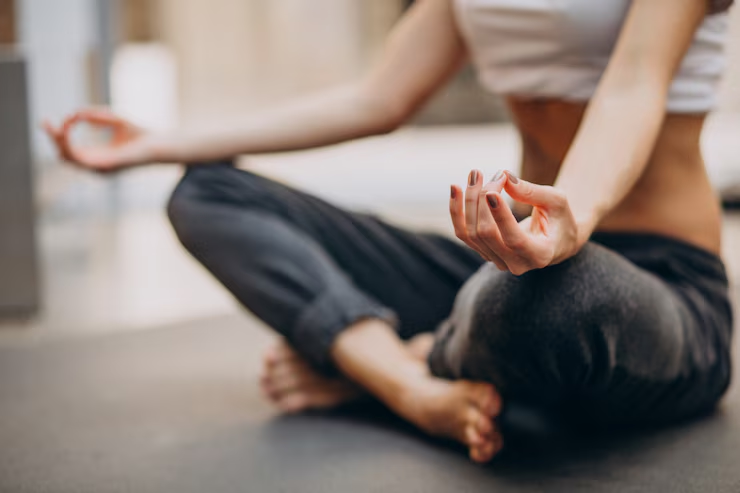
Discovering Yoga: A Turning Point
Feeling frustrated but not ready to give up, Astha joined an arthritis support group, where she learned about the potential benefits of therapeutic yoga.
After discussing it with her rheumatologist, who approved it under professional supervision, Astha enrolled in a yoga therapy program specialized for people with chronic conditions.
The First Sessions: Small Steps, Big Changes
Astha’s first yoga classes focused on:
-
Gentle stretching and joint mobilization
-
Breathwork (pranayama) for relaxation
-
Mindfulness meditation
The sessions were carefully adapted:
-
Props like yoga blocks, straps, and bolsters were used.
-
Poses were modified to avoid stressing inflamed joints.
-
Restorative yoga emphasized healing over exertion.
Within four weeks, Astha began to notice:
-
Decreased morning stiffness
-
Improved joint flexibility
-
Enhanced mood and energy levels
Ongoing Monitoring: Integrating Yoga into Medical Care
Astha’s doctor was supportive but emphasized regular monitoring:
-
Monthly Check-ups: To assess joint health and medication effectiveness.
-
Follow-up Blood Tests:
-
ESR and CRP levels showed a gradual reduction over six months.
-
-
Ultrasound of Joints: Confirmed decreased inflammation compared to her initial diagnosis.
She also kept a pain diary, noting lower pain scores on days she practiced yoga.
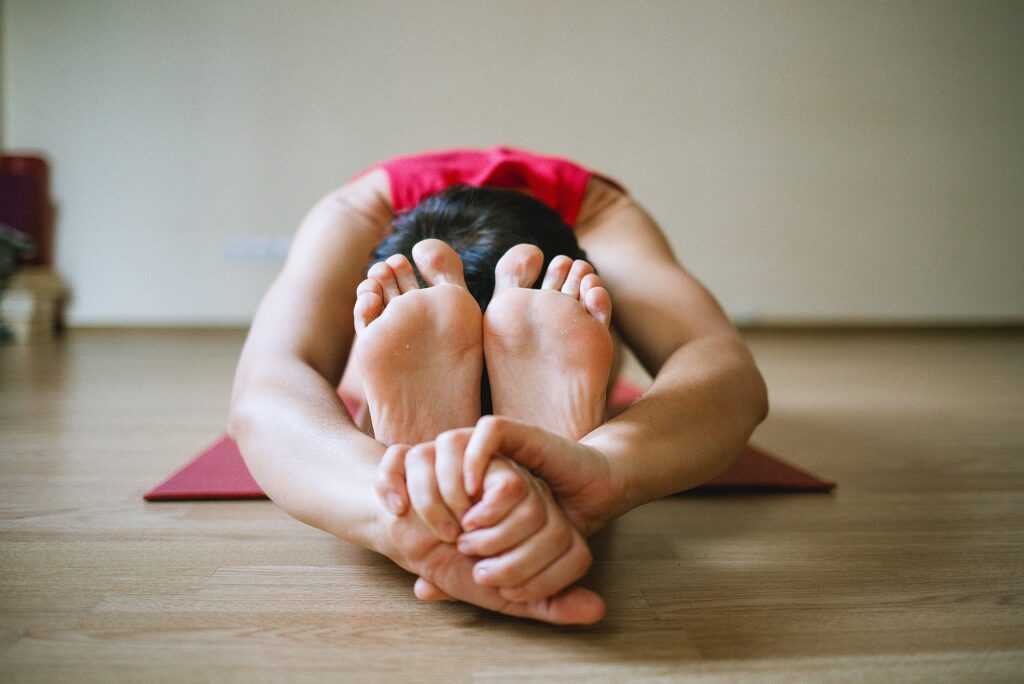
Three Months Later: Measurable Improvements
By the end of three months of combining yoga with her prescribed treatment:
- Pain levels dropped by 30% (self-reported scale)
- Improved joint mobility in the knees and wrists
- Better sleep quality, with fewer nighttime awakenings
- Reduction in emotional stress and anxiety
Key Yoga Practices That Helped Astha
- Modified Sun Salutations: Gentle flow adapted to reduce joint strain.
- Supported Child’s Pose (Balasana): For rest and hip relief.
- Cat-Cow Stretches (Marjaryasana-Bitilasana): Eased back and spine stiffness.
- Pranayama (Breathing Techniques): Controlled pain-related anxiety.
- Guided Meditation and Body Scans: Boosted emotional resilience.
Conclusion:
Astha’s story shows how yoga can complement medical treatments to support a fuller, healthier life. With careful integration under medical supervision, yoga offers hope for those battling arthritis, not as a cure, but as a powerful ally in healing, empowerment, and self-care.
If you have arthritis, consult your healthcare team and consider exploring adaptive yoga. Like Astha, you might discover a new way to reclaim movement, joy, and peace.
Reference Articles:


